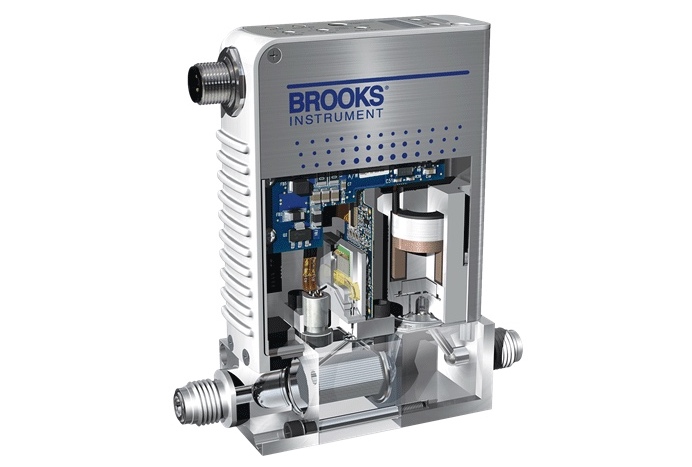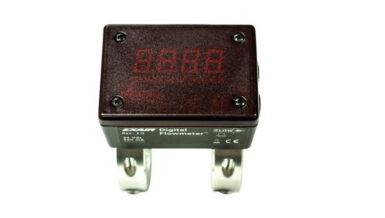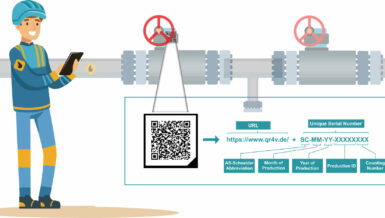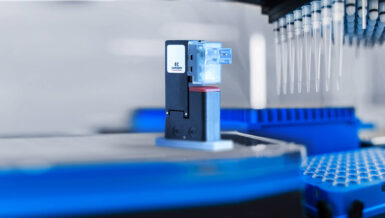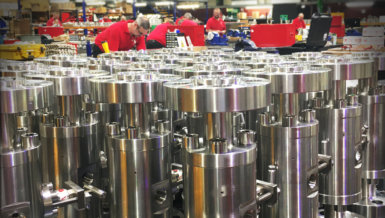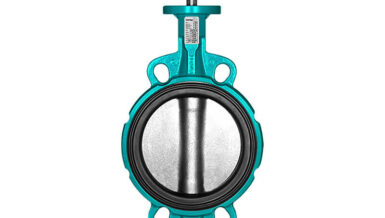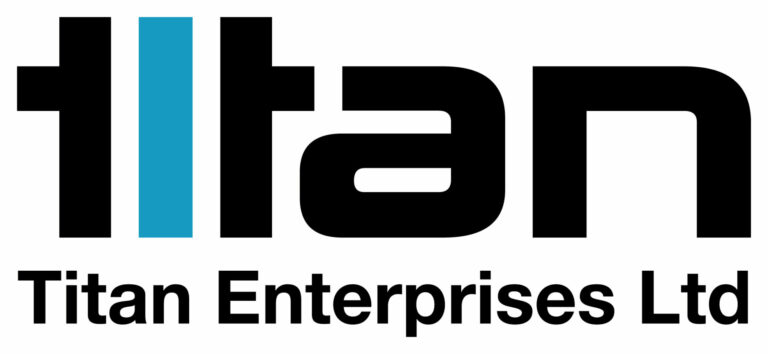This same evolution of intelligence and communication capability is occurring in industrial process control instrumentation and systems. By using the information available in smart/digital devices and the communication capabilities of Ethernet-based digital communication protocols, the operation and performance of industrial process systems such as biotechnology production equipment and bioreactors can be dramatically improved.
In the beginning
In 1841, the first electronic communications technology—the telegraph—was still in its infancy, and the mail was the only form of long-distance communication. When U.S. President William Henry Harrison died of pneumonia a month after taking office, it took 110 days for the news to reach Los Angeles via mail.
If you do the math on the number of letters carried, number of words per letter and the time to get there, it adds up to a data transmission rate of about 6 bits per second. Today, we have data rates of 100 megabits per second (Mbps) and higher. And the density and complexity of information sent at those speeds is truly transformative.
Advanced communications protocols enable ultra-fast information exchange between devices. These protocols also enable sophisticated, real-time interaction and control between the PLC or DCS and digital instrumentation. This is crucial to taking full advantage of advanced control, diagnostic and alarming capabilities available on digital instrumentation like Brooks mass flow controllers and meters.
How digital protocols enhance device performance
While some of the older technologies like 4-20 mA analog I/O are used, mainly for I/O purposes, most new systems use some form of digital communications for factory-wide monitoring and control. Furthermore, there is a trend toward Ethernet-based protocols like EtherNet/IP, EtherCAT and PROFINET.
Automation devices with digital I/O, regardless of the protocol used, can provide a myriad of information that is not available from a basic analog I/O device. A typical analog I/O device can provide a single process variable or, in some cases, two.
With a digital mass flow controller, you can read the flow, totalized flow, temperature, valve drive and other variables simultaneously—and you can communicate that information to the PLC/DCS or other devices on the network for further action, in real time. For example, you can set up your system such that a mass flow controller can be changed from a 25 standard liters per minute (slpm) oxygen device to a 20 slpm CO2 device.
This capability can enable significant process equipment cost savings. For example, by taking full advantage of the multi-gas/multi-range capabilities in a Brooks digital mass flow controller, it is possible to reduce the number of SKUs required by 90 percent, reducing inventory and simplifying purchasing.
Selecting the right digital protocol is based on a matrix of factors, including:
Your biotechnology production system’s operating requirements The network topology within the machine you are choosing to implement and The essential performance characteristics of each protocol.
At Brooks Instrument, our application experts can help identify the optimum digital communications protocol and configure our digital mass flow controllers with the multivariable data capabilities, alarms and diagnostics to fully satisfy your bioprocessing system requirements. For a more complete picture of the relative value of different digital protocols, as well as more details on the advantages you gain by using rich data from digital instrumentation, download our new Biotechnology eBook: Solve Compliance, Integration & Process Challenges Using Rich Data From Your Instrumentation.



